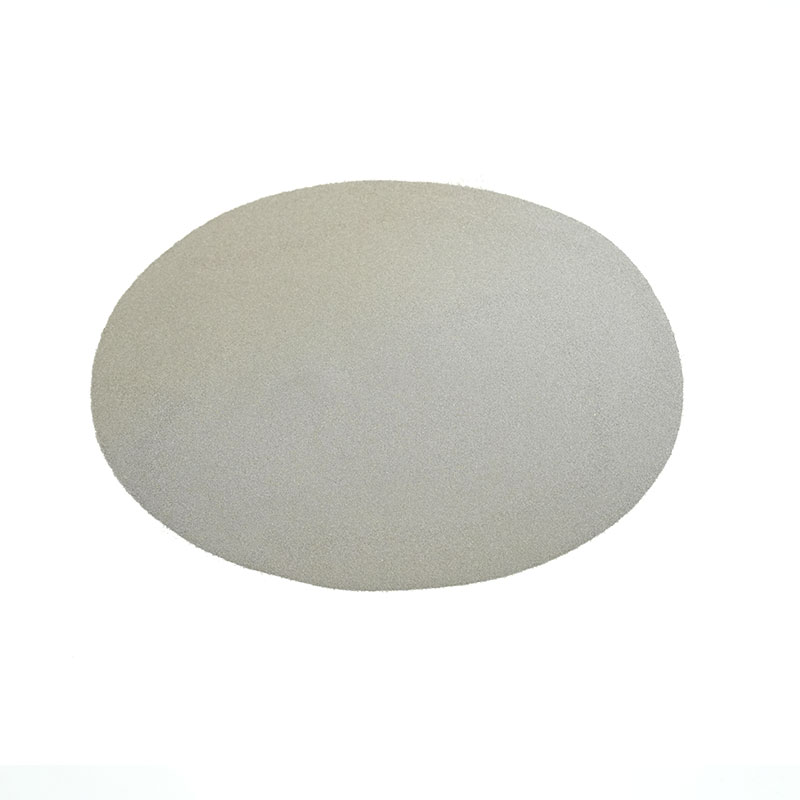In recent years, precision alloy powders have emerged as a cornerstone of modern manufacturing, driving innovation across industries ranging from aerospace to medical devices. These finely engineered materials are transforming how components are designed and produced, offering unparalleled control over material properties and performance.
Precision alloy powders are metallic particles meticulously crafted to meet exacting specifications in terms of composition, size, shape, and distribution. This level of precision is achieved through advanced production techniques such as gas atomization, plasma atomization, and mechanical alloying. Each method brings its own advantages, enabling manufacturers to tailor powders for specific applications. For instance, gas atomization produces spherical particles ideal for additive manufacturing (AM), while plasma atomization creates ultra-fine powders suited for high-performance coatings.
One of the most significant impacts of precision alloy powders has been in additive manufacturing, commonly known as 3D printing. In this process, layer-by-layer fabrication allows for the creation of complex geometries that would be impossible—or prohibitively expensive—to achieve using traditional methods. Precision alloy powders enable the production of parts with exceptional strength-to-weight ratios, corrosion resistance, and thermal stability. Industries like aerospace leverage these benefits to create lightweight yet durable components, reducing fuel consumption and enhancing overall efficiency.

The medical field also stands to gain immensely from precision alloy powders. Biocompatible alloys, such as titanium and cobalt-chromium, can be precisely formulated into powders used to manufacture implants and prosthetics. These materials not only exhibit excellent mechanical properties but also integrate seamlessly with human tissue, improving patient outcomes. Additionally, the ability to customize alloy compositions opens doors for personalized medicine, where devices can be tailored to individual patients’ needs.
However, the journey toward widespread adoption of precision alloy powders is not without challenges. Producing these materials at scale while maintaining consistent quality remains a hurdle. Variability in particle size or chemical composition can lead to defects in final products, underscoring the need for rigorous quality control measures. Moreover, the cost of producing high-purity powders can be prohibitive for some applications, though ongoing advancements in production technologies are gradually reducing expenses.
Looking ahead, the future of precision alloy powders appears bright. As demand for lighter, stronger, and more efficient materials continues to grow, researchers and engineers are exploring new alloy systems and refining existing ones. Innovations in powder metallurgy and additive manufacturing will further expand the possibilities, enabling the development of next-generation products that push the boundaries of what’s possible.


 English
English русский
русский عربى
عربى

















